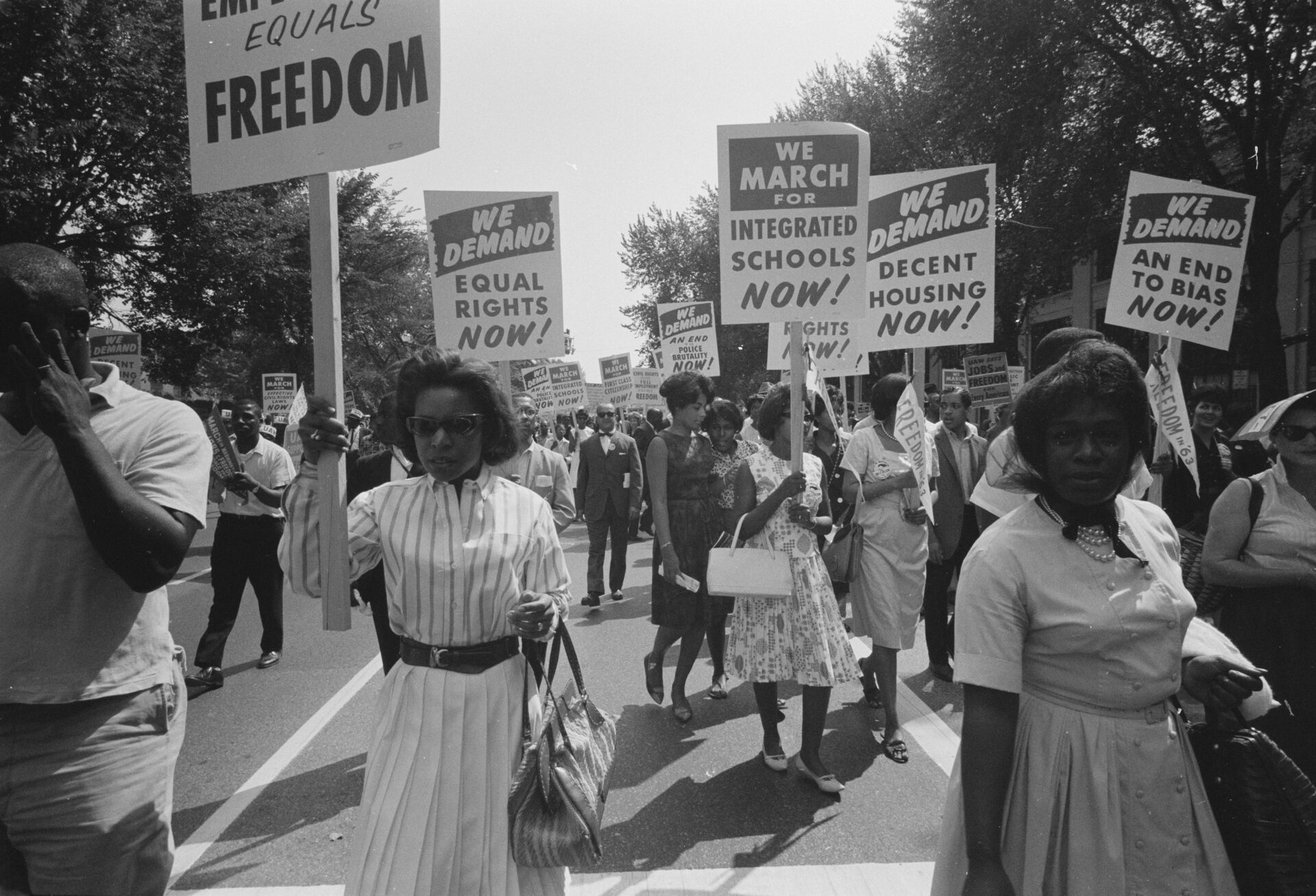In a nation as complex and multifaceted as the United States, understanding the past is not just a privilege — it’s an essential tool for those entrusted with safeguarding the democratic discourse of the present. Journalists, as the fourth estate, have a unique responsibility to inform the public, making them central players in the narrative construction of democracy. When covering the evolutions of democratic norms — especially those that concern elections — journalists need to have a solid grasp on the historical context of communities and movements to not merely relay events, but contextualize them through a lens refined by past precedents, patterns and struggles.
Historical literacy empowers editorial staff with a discerning eye, enabling them to detect echoes of bygone eras in contemporary dilemmas. It arms journalists with the ability to trace the lineage of democratic backsliding, recognize recurring threats and illuminate the s undercurrents that influence modern politicking. The U.S. has witnessed episodes of both democratic progression and regression, so understanding historical shifts can provide invaluable insights into current events. As for journalists covering electoral politics, having deep historical knowledge can help you challenge common cases of revisionism while holding power accountable to the nation’s democratic ideals.
We recommend that journalists have a robust historical understanding about the subjects they are reporting on to ensure they are able to offer accurate context in their work. Failure to do so can cause real-world harm.
Guides & Best Practices
The Journalist’s Resource
“Guide to critical thinking, research, data and theory: Overview for journalists” is a high-level guide to help journalists better understand how critical thinking operates in the research world — including for historians. It covers a broad range of topics from what goes into developing a theory and how these theories can be tested.
Reynolds Journalism Institute
“What journalists miss when they ignore history” is a short, practical guide by Kathryn Palmer to help journalists better engage with history in their reporting and understand the harms of ignoring historical context.
Northwestern University Knight Lab
“Bringing historical data to census reporter” reviews the efforts of Hailey Melville in making historical census data easier for journalists to use. It includes pros and cons of specific data visualization methods, as well as challenges associated with the data.
Assistance
While it is vital for editorial staff to be historically informed for the sake of proper contextualization and framing, there are not many organizations that focus squarely on this issue. We suggest that newsrooms rely on subject matter experts to provide insights for the historical context around specific news stories. Below is one organization with a number of resources that reporters and editors might find useful:
The Journalist’s Resource, under the umbrella of the Harvard Kennedy Law School, offers tip sheets and explainers to help journalists understand academic research methods; find and recognize high-quality research; and avoid missteps when reporting on new studies and public opinion polls.
Additional Resources
https://www.nytimes.com/interactive/2019/08/14/magazine/1619-america-slavery.html
Nieman Reports
“What happens to news when journalists and historians join forces” by Ricki Morell
Article
Perspectives on History
“Two sides of the story: How historians and journalists can work together” by Shuang Wen
Article
Columbia Journalism Review
“Reporting today, with yesterday’s context” by Nicholas Hirshon, Amber Roessner and Kristin Gustafson
Article
Massachusetts Institute of Technology
“3 questions: How history helps us solve today’s issues” by Kathryn O’Neill and Emily Hiestand
Article


